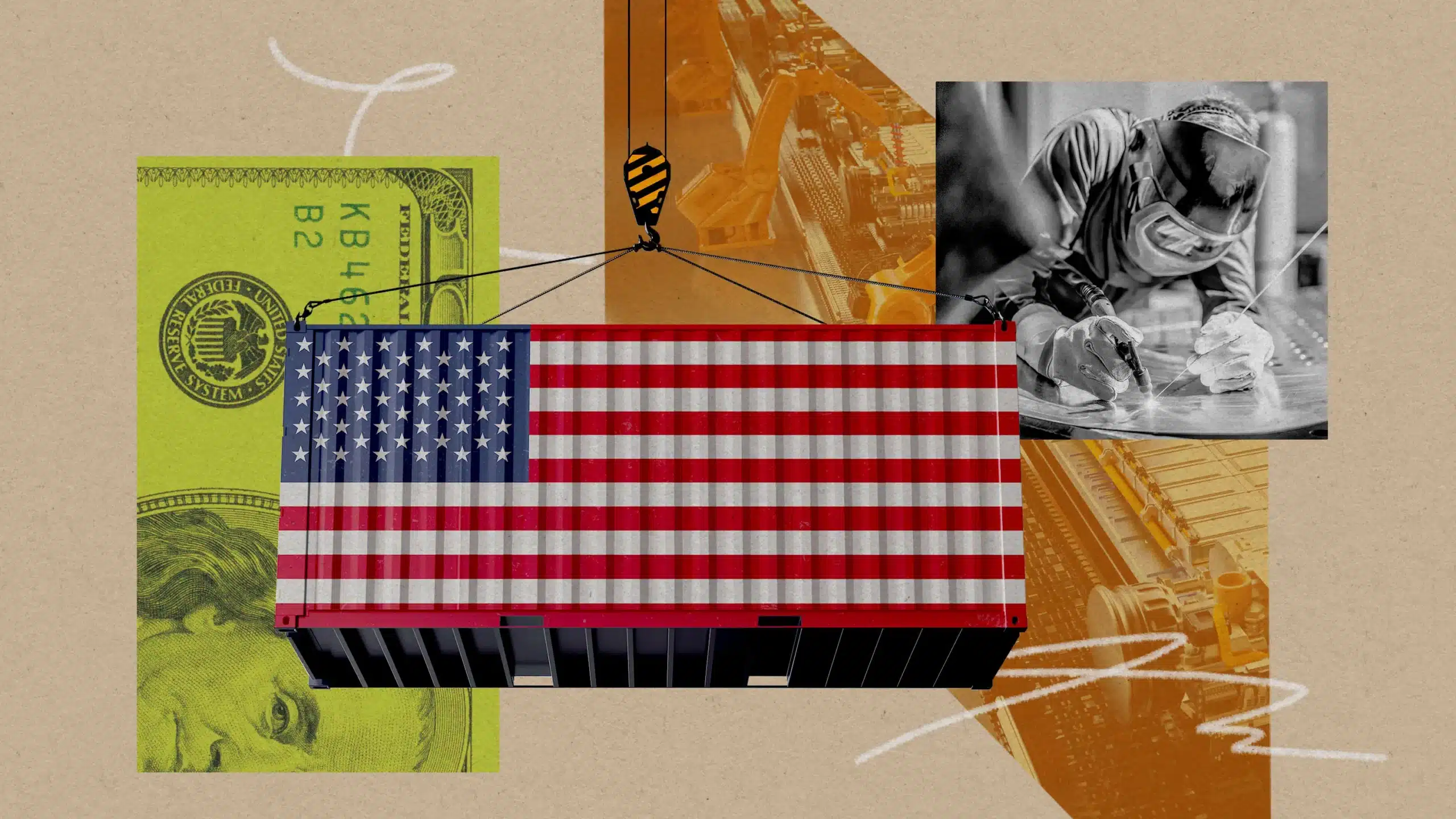US Manufacturing Sector Faces Continued Weakness in April Due to Tariff Impacts

The US manufacturing sector faced another contraction in April, reflecting ongoing uncertainty surrounding President Donald Trump’s tariff policies. According to a recent survey by the Institute for Supply Management (ISM), the manufacturing index fell to 48.7 percent, indicating a decline in industrial activity. This downturn is attributed to the introduction of sweeping tariffs, particularly a significant 145 percent tariff on Chinese imports, which has created volatility and instability in the market.
Impact of Tariff Policies
The introduction of extensive tariffs in early April has significantly impacted the manufacturing landscape. While some tariffs were adjusted for specific countries, the punitive measures against China remain largely unchanged. This has led to increased costs for manufacturers, contributing to a decline in demand and production. Timothy Fiore, Chair of the ISM Manufacturing Business Survey Committee, noted that companies are responding to this uncertain economic environment by reducing staff and managing costs more aggressively. The uncertainty surrounding tariff policies has been a recurring theme among survey respondents, with many expressing concerns about the volatility and disruption caused by ongoing trade tensions.
Economic Indicators and Responses
The ISM manufacturing index’s drop to 48.7 percent is a clear indicator of the sector’s struggles. This figure is below the critical 50-point mark that signifies growth. Although the reading was slightly better than economists had predicted, it highlights a concerning trend of slowing industrial activity. Companies are experiencing rising input prices, which have led to backlogs in new orders and slower supplier deliveries. As manufacturers grapple with these challenges, many are shifting from hiring freezes to layoffs as a means of controlling costs. This shift underscores the broader implications of tariff policies on employment and economic stability within the sector.
Concerns from Industry Leaders
Industry leaders have voiced their concerns regarding the direct financial impact of tariffs. A representative from the apparel and leather industry described the situation as incredibly volatile, emphasizing the disruption it has caused to ongoing projects. Another manufacturer highlighted the significant effect of the 145 percent tariff on their profitability projections for 2025, noting the difficulty in finding cost-effective alternatives to Chinese suppliers. These comments reflect a growing anxiety among manufacturers about the long-term viability of their operations in the face of escalating trade tensions and rising costs.
Future Outlook for Manufacturing
The April ISM report paints a cautious picture for the future of American manufacturing. With ongoing trade tensions, cost pressures, and supply chain disruptions, confidence in the sector continues to wane. Matthew Martin, a Senior US Economist at Oxford Economics, pointed out that while the headline number slightly exceeded expectations, the underlying issues are troubling. The comments from survey respondents reveal a landscape marked by weaker demand and higher costs, leading to a more pessimistic outlook for the manufacturing sector. As companies navigate these challenges, the potential for further layoffs and economic instability looms large, raising questions about the resilience of the industry in the coming months.
Observer Voice is the one stop site for National, International news, Sports, Editor’s Choice, Art/culture contents, Quotes and much more. We also cover historical contents. Historical contents includes World History, Indian History, and what happened today. The website also covers Entertainment across the India and World.
Follow Us on Twitter, Instagram, Facebook, & LinkedIn

